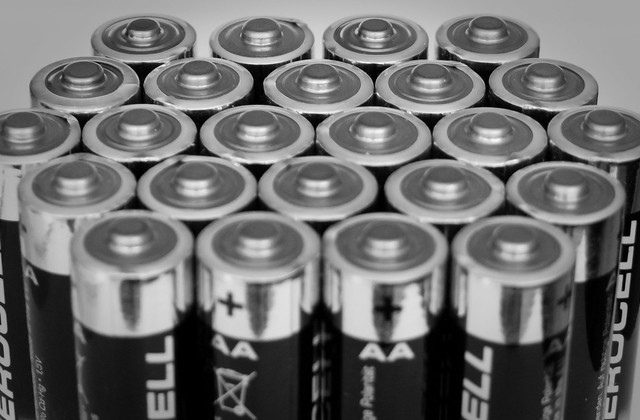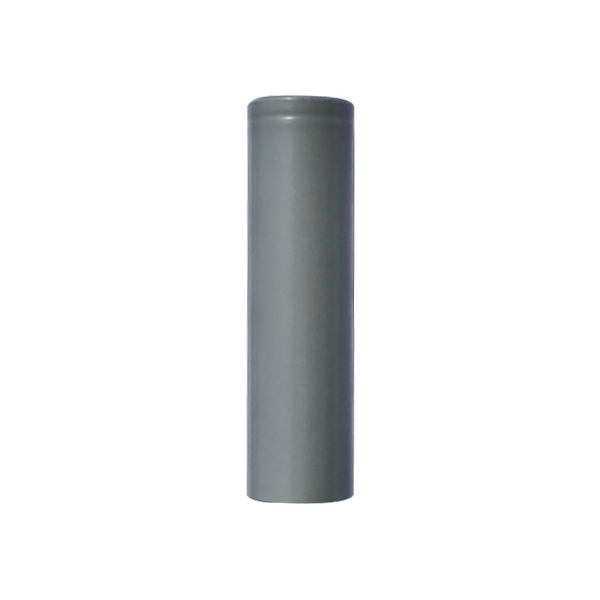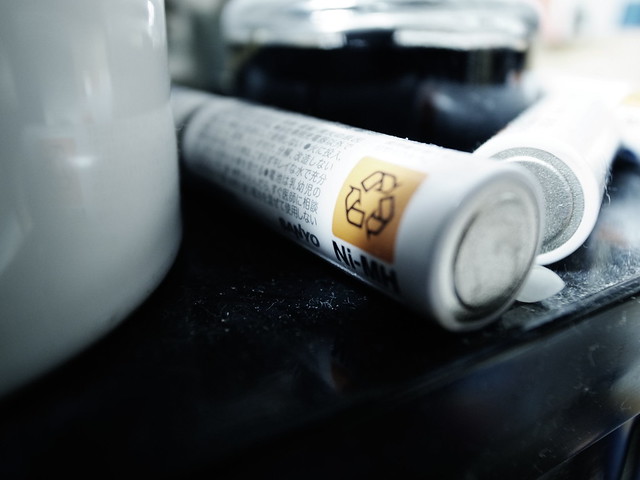Lithium-ion battery material
Jun 20, 2019 Pageview:1033
These are some of the common commercial positive and negative electrode materials in half cells with lithium anodes. Cathodes use either oxides or phosphates containing first-row transition metals. There are fewer choices for anodes, either graphite or intercalation compound Lithium titanate, spinel these materials are very lightweight leading to a high specific capacities and energy densities
Cathode materials
Cathode material includes lithium metals oxides, vanadium oxides, and rechargeable lithium oxides. Oxides of cobalt and nickel are the commonly used for lithium-ion battery. They show high stability in high voltage range, but cobalt has limited availability in nature and is toxic. Mixtures of cobalt, nickel, and manganese are used to combine the best results and minimize the drawbacks.
Anodes material
Anode materials are lithium, graphite, lithium-alloying materials, intermetallic, or silicon. Carbonaceous anodes are normally used due to their availability. Alloy anodes and intermetallic compounds have high capacities and show some dramatic volume changes. Silicon has an exceptionally high capacity, and its cycling behavior is unsatisfactory.
Electrolytes
They include liquid, polymer, and solid state electrolytes. The liquid electrolyte is mostly organic.
Polymers electrolytes are ionically conductive polymers they are commonly mixed in composites with ceramic resulting in higher conductivities and resistance.
Solid electrolytes like lithium ion conductive crystals and ceramic glasses; they show inferior low-temperature performances. Lithium electrolyte needs special deposition conditions and temperature treatments.
Separators
Separator materials include P.Arora and Z.Zhang. They usually separate the two electrodes from each other. Separator has a safety feature called thermal shutdown at higher temperatures; it melts or closes its pores to shut down the lithium ion transport without losing its mechanical stability.
Structure of lithium-ion battery
Li-on batteries are made of four main components, namely cathode, anode, electrolyte, and separator.
Cathode
The cathode is mainly used to determine the capacity and voltage of a Li-ion battery
A lithium-ion generates electricity through a chemical reaction of lithium.
Lithium is mainly inserted into the battery. However, lithium is usually unstable in the element form. Lithium oxide acts as an active material to intervene in the electrode reaction of the original array. This active material consists of lithium ions, and a conductive additive is added to increase the conductivity of the cell. While the binder usually acts as an adhesive. Cathode plays a vital role in determining the characteristics of the battery. The active material learns the battery's capacity and voltage. The higher the amount of lithium you use the more significant the capacity, and the potential difference between the cathode and the anode.
Anode
The active material is also used in coating the anode. The anode's existing content is mainly for electric current to flow through the external circuit. Which allows the reversible absorption of lithium ions released from the cathode. When charging lithium ions are stored in the anode. At this point, when a conducting wire is connected to the cathode and the anode, lithium ions flow naturally back to the cathode through the electrolyte, and the electrons separated from the lithium ions flow along the wire thus generating electricity.
For anode graphite with a stable structure is used, and the anode substrate is coated with an active material, conductive additive, and a binder.
Electrolyte
The electrolyte allows free movement of ions only. And it is vital in enhancing the use of electricity in a battery. It serves as a medium that enables the flow of only lithium ions between the cathode and the anode. An electrolyte is majorly made from materials with high ionic conductivity to allow lithium ions to move back very quickly. The electrolyte is made up of salts, solvents, and additives. Salts are used to enabling passage of lithium ions to move, the solutions are organic, which is used to dissolve the salts and additives. Also, the speed of the ions depends on the type of electrolyte.
Separator
The separator normally acts as a barrier between the cathode and the anode. It prevents the direct movement of electrons and let only ions to pass. Which must satisfy all the physical and electrochemical conditions. We have synthetic such as polyethylene and polypropylene.
How to make lithium-ion batteries
Here is step to step on how to make lithium ions batteries.
Electrode preparation
At this stage, the materials that will be coated on the cathode and anode are mixed.
Rolls of raw aluminum are loaded into the coating machine.
A thin layer of carbon and lithium materials is applied in large square swaths onto the metal terminal materials.
Then the material is fed through an oven to cure the slurry onto the terminal. And this is run in two lines continuously, one for the anode and the other one for the cathode. The ending strip of copper with carbon slurry cured in squares will come out of the oven. The squares will be cut and then folded to enter the next step. Then the machine smashes the electrode making the sheets much thinner.
Then the large sheets are cut into a proper width.
Electrode creation
The electrodes are taken into the machines, attach a terminal, and cut them to a required length.
Once anode type is ready, it is brought together with a pile of the cathode of the same size. And a semi-permeable membrane is inserted between the layers and is folded together many times. And at this point, an operator is required to add and line up the two electrodes.
Forming an Electrolyte
Then the machines cut, form, and create the slightly flexible but protective housing for the inner electrodes and electrolyte polymer.
The electrodes are then inserted between the productive housing and welded together on the three sides. The four sides are left open for squirting in the electrolyte.
In a well-controlled environment, the electrolyte is pumped into the cell while humidity and temperature are controlled.
Finally, thermal welding is done for the battery to contain the electrolyte and seal the battery.
Charging
Once sealed, it can now be called a battery. First charging is done. The presence of a small wing left on the battery is there to collect any electrolyte or gas that might have been pushed out during this first cycle.
After their first charge is complete, the cells are strongly compressed to get rid of any remaining air from the cells.
Battery testing
Finally, the battery is ready for examination by the use of a battery crush tester that takes a cell and squeezes the sides laterally.
- Prev Article: How long to charge 18650 Battery?
- Next Article: How to open a lithium battery?
Leave Message
Hottest Categories
-
Hottest Industry News
-
Latest Industry News














